Hiring for Construction, Manufacturing, and Engineering Roles in 2025
We are barreling through the 21st century, closing in on 25% of the way through it, and for many of us, 2003 seems like 2 years ago, not 22. Time moves fast, and the world seems to be moving even faster as companies strive to keep up with each other. Those who wait too long to adapt or act find themselves playing catch-up, often too late to the game to play with the pros.
2025 is here, but it isn’t too late to plan for it still. You know what your company needs. You know where your strengths and weaknesses are. You know that to grow and be successful, you need to hire not just talented people, but passionate people, people who care. You know that you need to attract quality, and the best way to do that is with a good work/life balance, appropriate pay, and a good work environment. Nearly every company knows this, but a lot of companies don’t know how to make it happen.
The new year brings with it an extraordinary opportunity for growth and transformation, particularly in the construction, manufacturing, and engineering sectors. A forward-thinking approach enables companies to capitalize on emerging trends, address workforce needs, and position themselves as industry leaders in an increasingly competitive global market.
Meeting Workforce Demands
The industries of construction, manufacturing, and engineering are the backbone of infrastructural development and technological progress. However, these industries face unique challenges, including skilled labor shortages and rapid advancements in technology. Planning for hiring in 2025 allows organizations to address these hurdles before they have to jump over them. By forecasting workforce requirements, companies can ensure a steady pipeline of talent that aligns with future projects and innovations.
For instance, the anticipated rise in modernization highlights the necessity for skilled professionals with expertise in sustainable practices and advanced materials. Similarly, the integration of smart manufacturing systems driven by AI and IoT requires a diverse range of adept engineers.
Attracting Top Talent
By planning ahead, organizations can create hiring strategies to attract highly skilled candidates. Building relationships with universities, technical schools, and apprenticeship programs offers a direct pipeline to young talent eager to contribute.
Moreover, early hiring plans demonstrate a company’s commitment to career growth and stability, appealing to ambitious candidates. A strong talent pool is not only essential for completing projects efficiently but also plays a critical role in driving innovation and maintaining a competitive edge.
Technological Advancements
Technology continues to redefine the capabilities of construction, manufacturing, and engineering. From 3D printing and robotics in construction to advanced automation in manufacturing and digital twin technology in engineering, companies need to have a plan in place to start recruiting professionals with the right skill sets. Businesses can accelerate the adoption of these technologies, improve efficiency, and reduce operational costs.
Spread the Wealth
The industries of construction, manufacturing, and engineering have long been male dominated, but diversity is now recognized as a key driver of success. Planning for future hiring allows companies to implement comprehensive diversity and inclusion initiatives to attract a broader spectrum of talent. A diverse workforce brings unique perspectives and ideas, enhancing creativity and problem-solving capabilities.
Inclusive hiring also reflects positively on an organization’s reputation, making it more appealing to clients, partners, and prospective employees. In 2025, companies that prioritize diversity will likely find themselves at the forefront of their industries, driving both innovation and social progress.
Strengthening Retention
Employee retention is an essential component of workforce planning. By planning for hiring well in advance, organizations can develop retention strategies alongside recruitment efforts. Initiatives such as mentorship programs, continuous learning opportunities, and career development plans help employees feel valued and motivated, reducing the likelihood of turnover.
Construction, manufacturing, and engineering professionals often seek roles that provide a clear path for career advancement. A stable and experienced workforce contributes to maintaining high standards of quality, safety, and efficiency, all of which are critical for these industries.
Economic Growth and Sustainability
Investing in workforce planning for construction, manufacturing, and engineering roles contributes to broader economic development. These industries play a pivotal role in driving job creation, technological innovation, and sustainable growth.
Planning for future hiring enables businesses to anticipate shifts in industry and society. Engineers, for instance, can design energy-efficient solutions for buildings, while manufacturers can focus on reducing waste and optimizing resource utilization.
Success
The advantages of planning for hiring in 2025 extend beyond meeting workforce demands. For construction, manufacturing, and engineering companies, prioritizing strategic workforce planning allows businesses to continue to shape their success.






